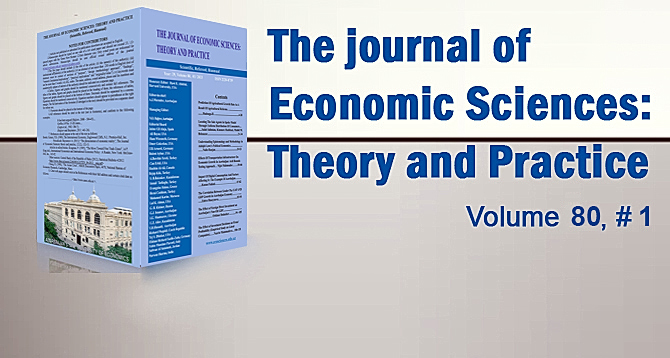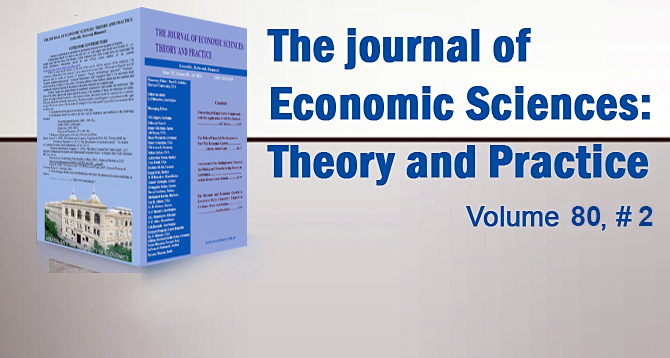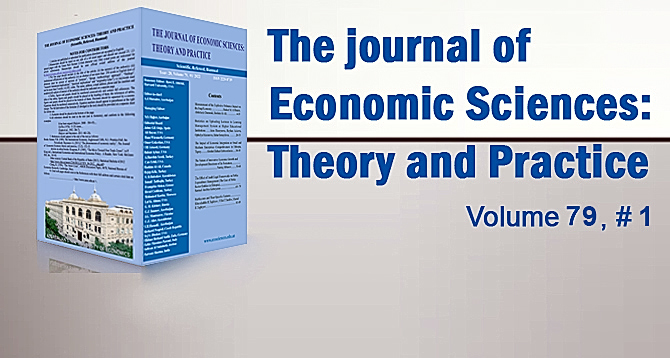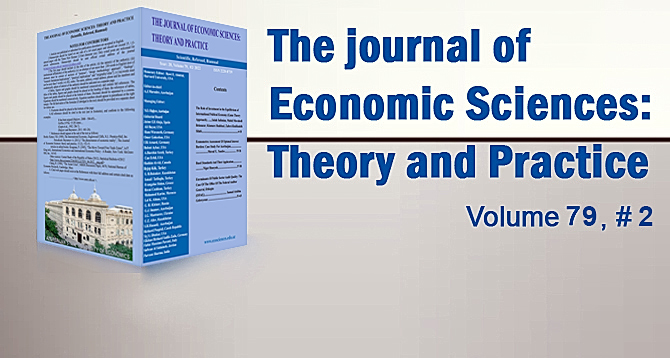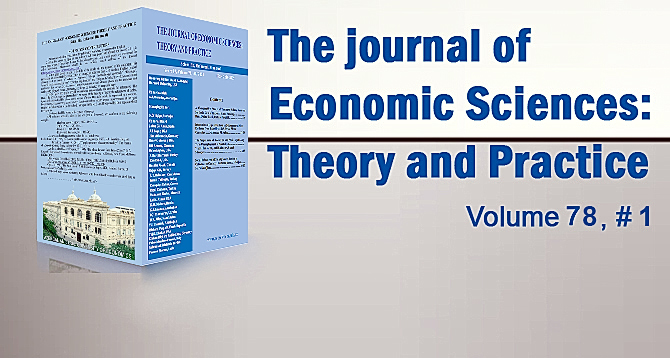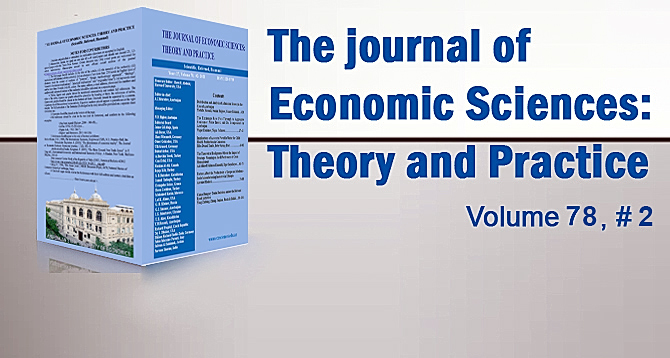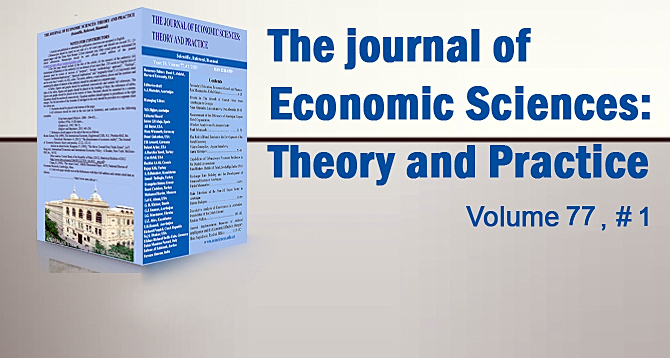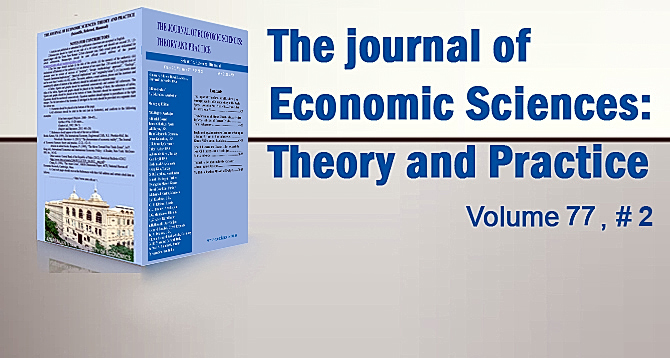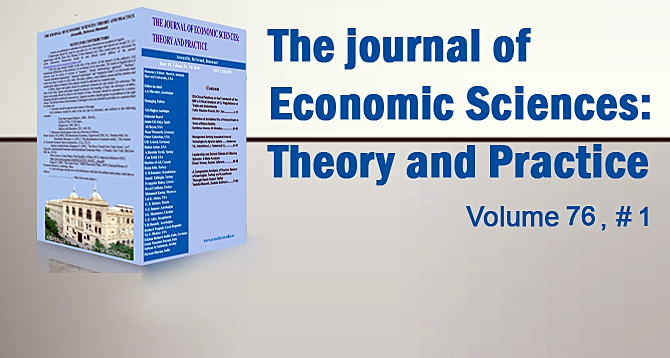Volume 76, #2 
“Economic Sciences: theory and practice” is scientific, refereed, biannual journal. The Journal of “Economic Sciences: theory and practice” has been founded by Azerbaijan State University of Economics in 1994.
The Journal has been received to registration in the centre of international ISSN (International Standard Series Number, ISSN-2220-8739). Also, it has been included by the Supreme attestation Commission under the President of Azerbaijan Republic to the list of scientific publications on economic sciences.
Multimedia
Turaj Musayev
ABSTRACT
The objective of this research is to assess the oil boom and stable economic growth for post-oil era taking into account the existing realities of Azerbaijan. Economic stability is reflected in the economic functions of the state. Achieving economic stability means achieving economic growth and reducing unemployment. Researchers have tried to explain the reasons behind the development of countries in the world and to understand the differences in development using economic growth models. In economic literature, economic growth models are classified on a variety of basis [http://www.undp. org/content/ dam/azerbaijan /docs/publications/ sustainable development/]. The models are classified into two major groups, namely traditional economic growth models and modern economic growth models [Taban, S. (2008)]. Traditional economic growth models are, in essence, divided into classical models of economic growth (Smith, Malthus, Ricardo) and models named after Karl Marx, Joseph Schumpeter, John Meynard Keynes. Modern economic growth models are based on neo-Keynesian economic growth models (Harrod-Domar economic growth model, Samuelson-Hickson multiplier, and accelerator model) and neo-classical economic growth model (Solow model). Economic growth models are also characterized by their other features. As macroeconomics is divided into two major parts, modern economic growth models are also divided into two parts: Short-Run and Long-Run [Andrew B. Abel, Ben S. Bernanke, 2008]. In the short term, economic growth models study the causes and outcomes of emerging economies and the components of sustainable economic growth. Long-term models study the causes of equilibrium in the long run. In this research, the equilibrium state of the economic growth was assessed for Azerbaijani conditions. The marginal propensity to consume and invest, as well as marginal productivity of capital was determined in real terms. Then, the sustainable growth rate of the economy for the post-oil era was determined. Thus, economic growth problems in Azerbaijan were studied for the post-oil era on a scientific basis. This research is aimed to contribute to improving the effectiveness of the country s macroeconomic policy.
Keywords: oil boom, post-oil era, economic growth, natural capital, macroeconomic equilibrium.
JEL classification: F43, O47, C53, Q43

